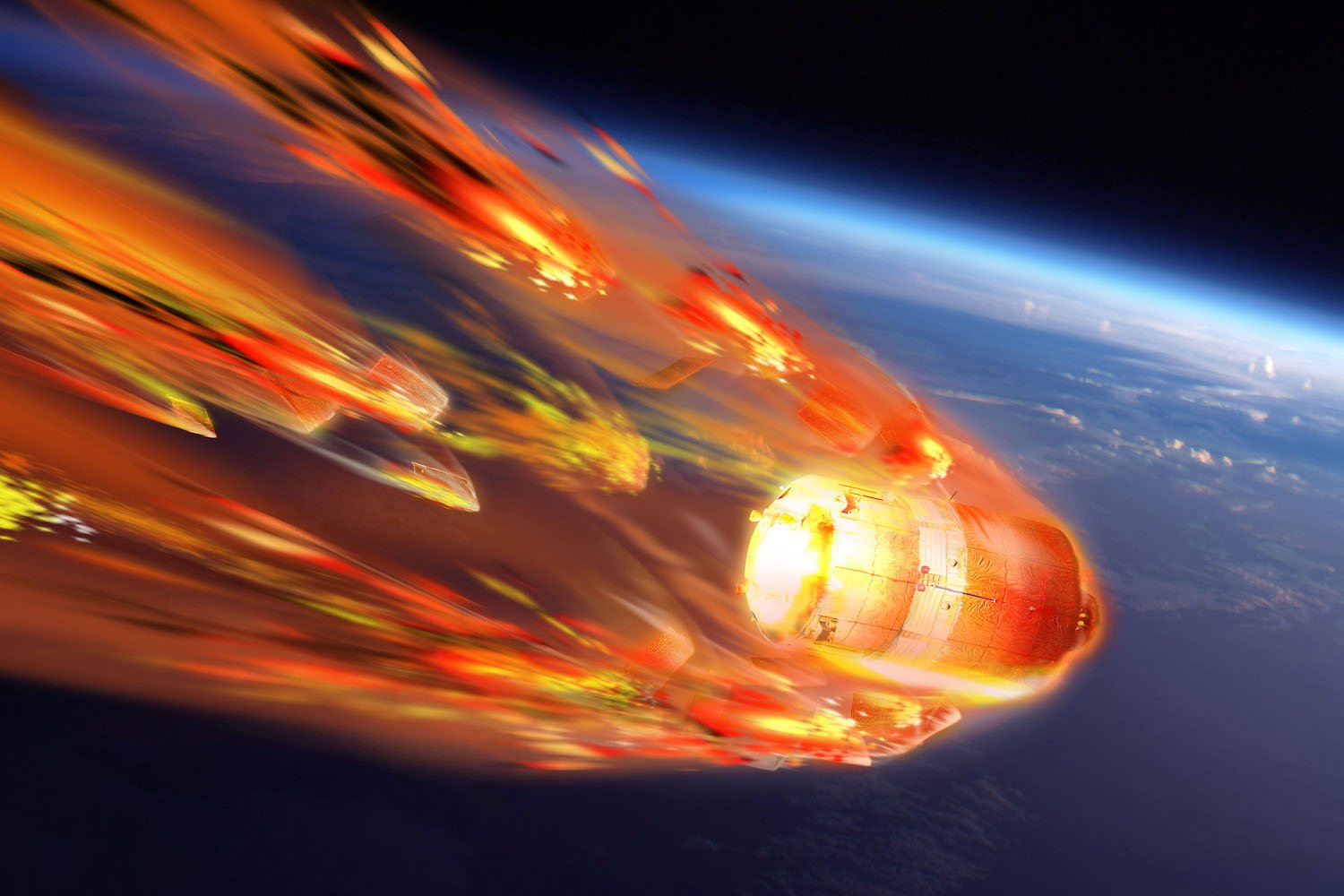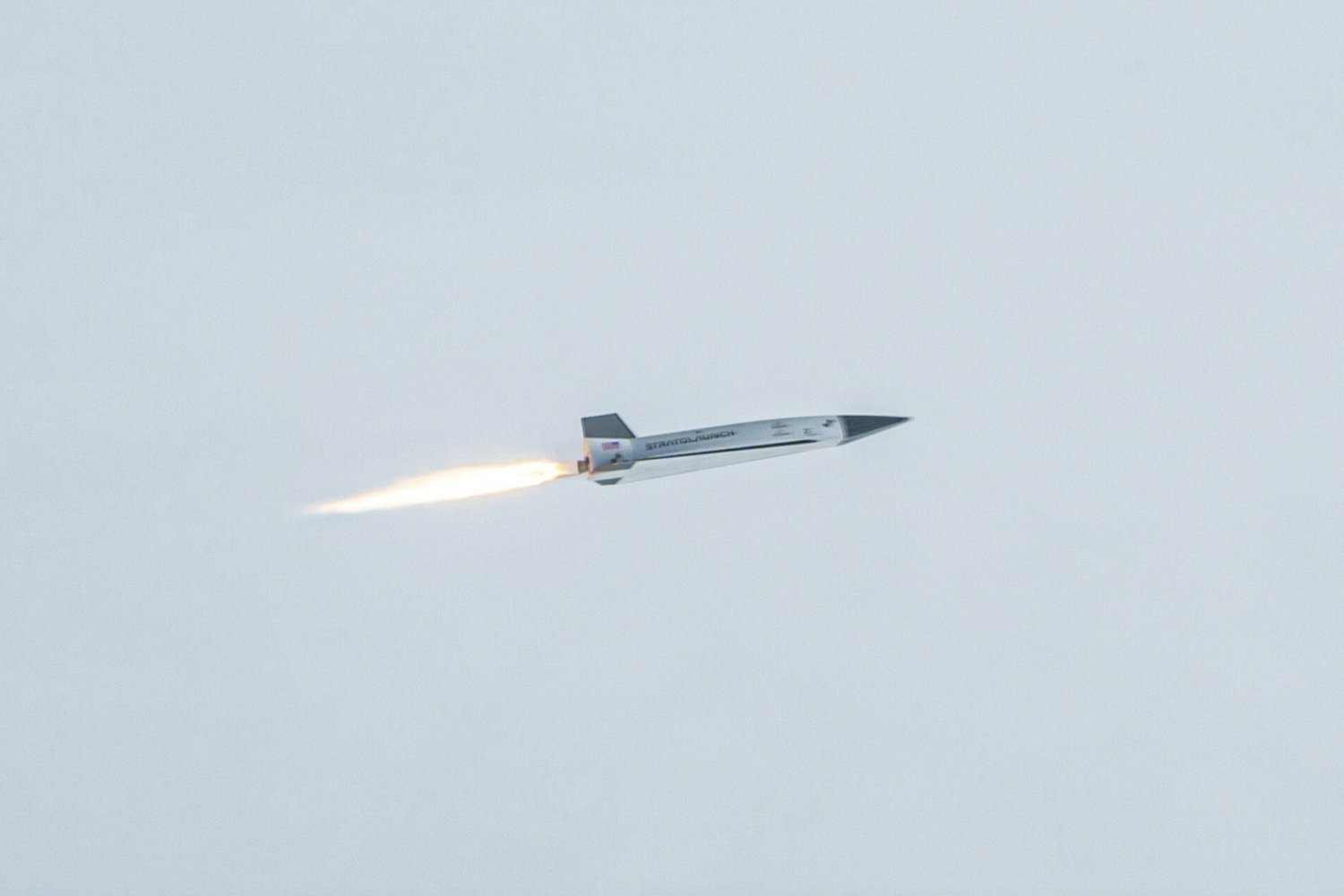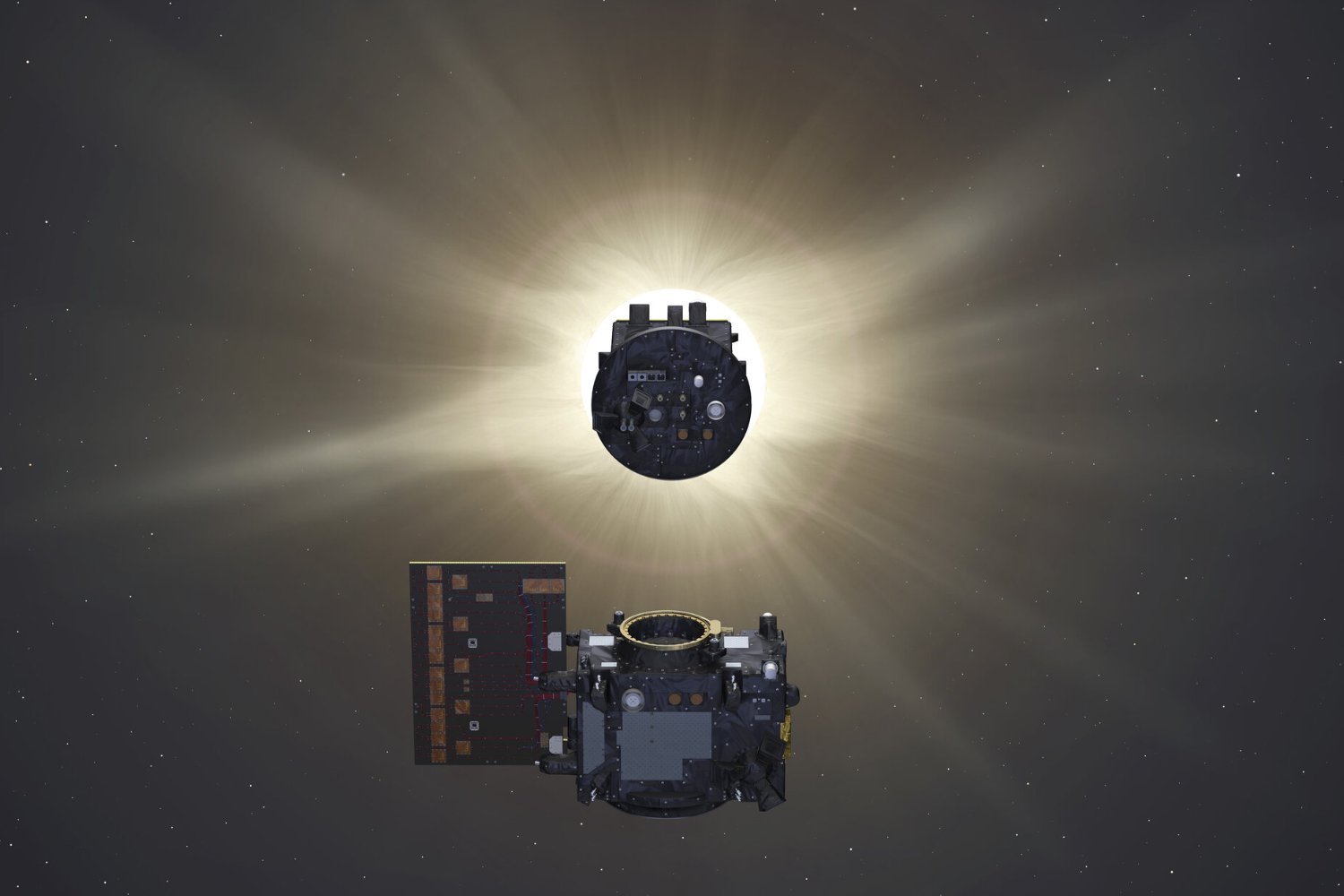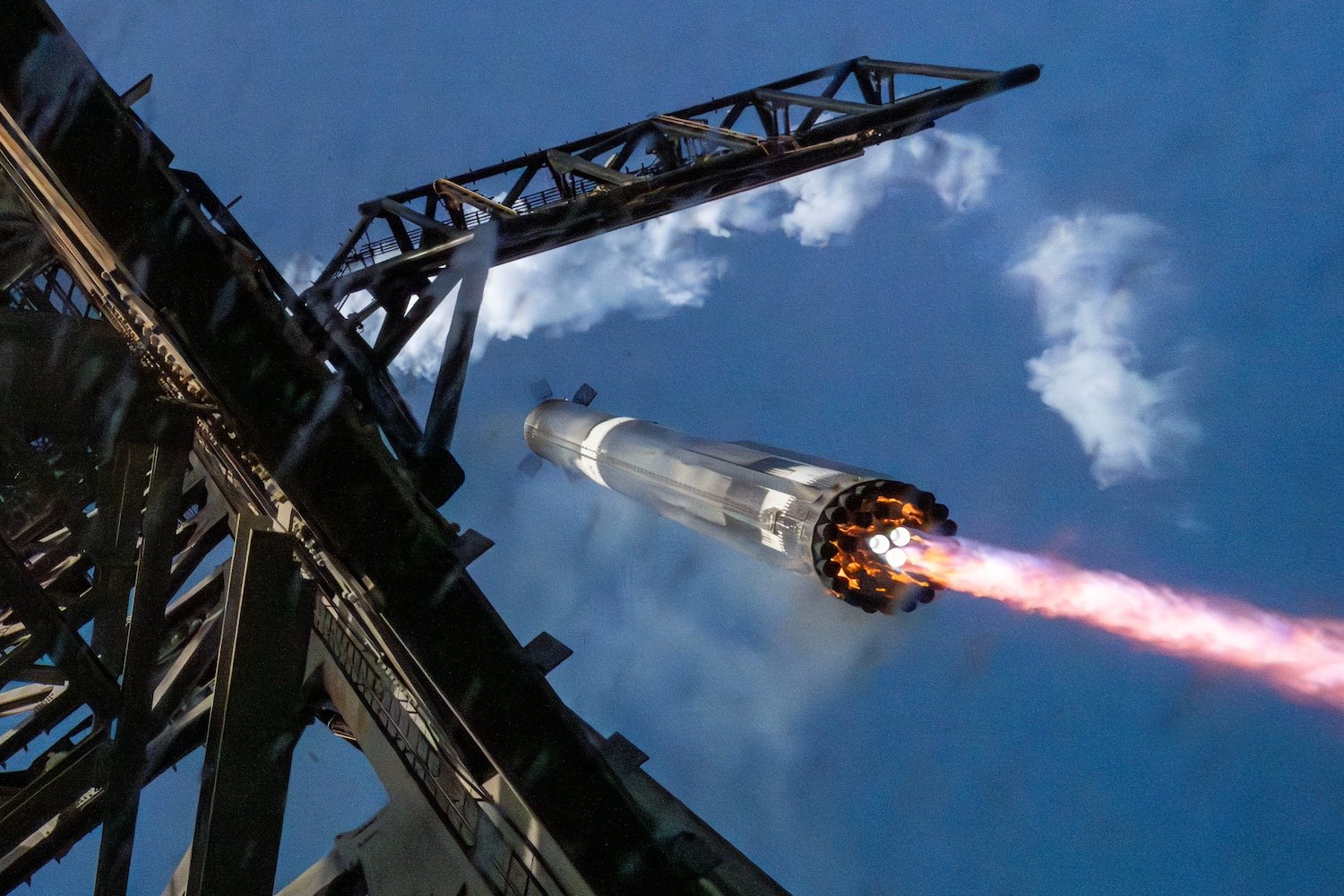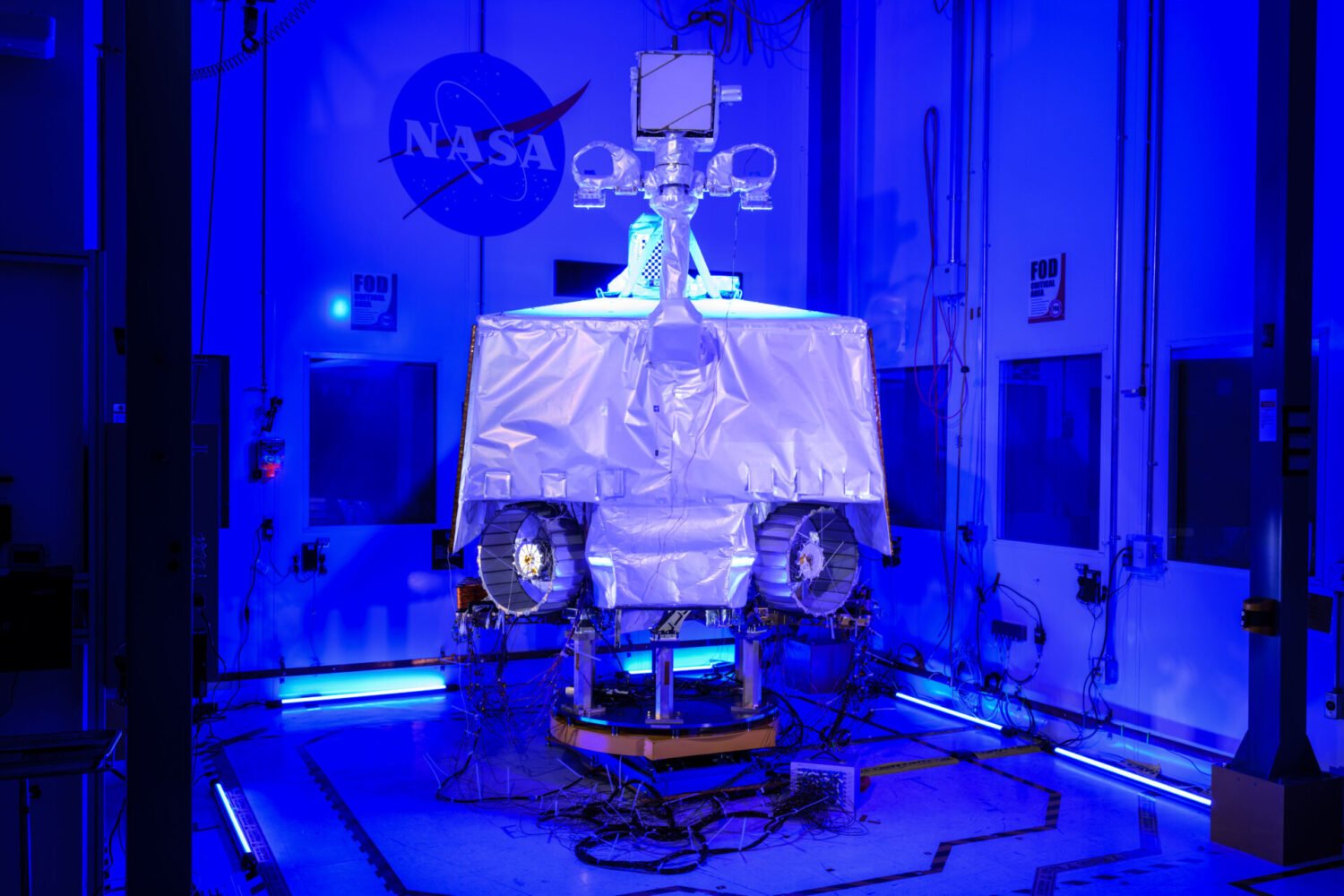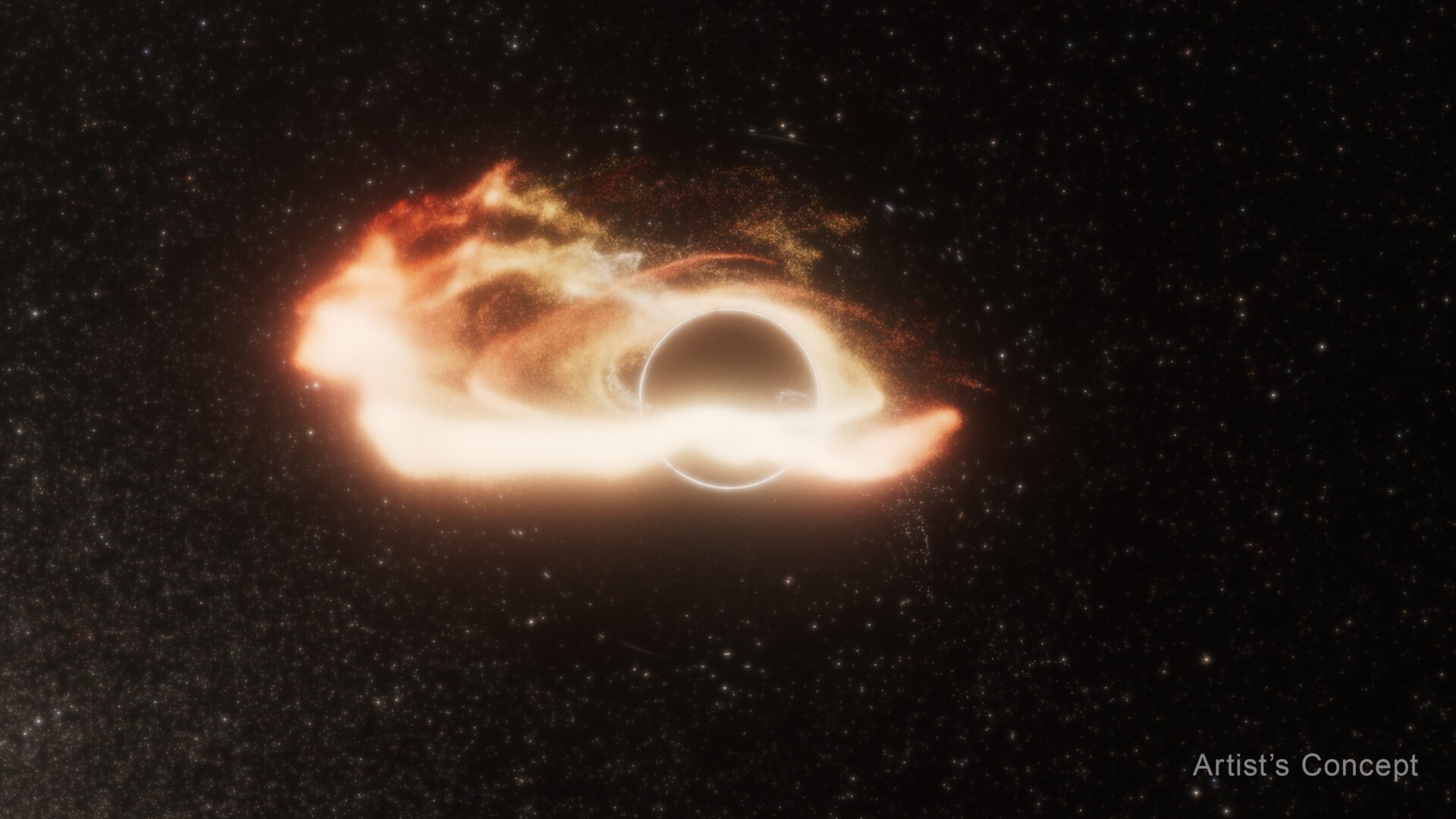The 53-year-old Soviet spacecraft, Kosmos 482, a failed Venus mission, is poised for a dramatic return to Earth. Trapped in Earth’s orbit since 1972, the probe is expected to reenter the atmosphere between May 8th and 12th, scattering debris across an as-yet undetermined location. The potential landing zone spans a wide swathe of the globe, leaving scientists uncertain about the precise impact point.
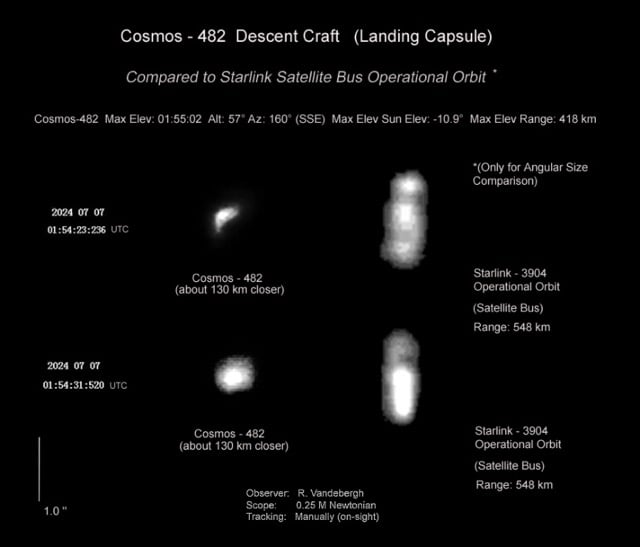 Cosmos 482 in Earth Orbit
Cosmos 482 in Earth Orbit
A Mission Gone Astray
Kosmos 482 launched from the Baikonur Cosmodrome in Kazakhstan on March 31, 1972. Intended for Venus, the spacecraft failed to achieve the necessary velocity to escape Earth’s orbit. According to NASA, an engine malfunction prevented the probe from reaching the required trajectory for its interplanetary journey. Since then, Kosmos 482 has remained in an elliptical orbit around Earth. This orbit, ranging from 130 to 6,089 miles (210 to 9,800 kilometers) in altitude, has kept the defunct spacecraft circling our planet for over five decades.
Uncertain Descent
Recent images captured by astrophotographer Ralf Vandebergh reveal a possible deployed parachute trailing the spacecraft. However, it remains uncertain if this parachute will significantly slow Kosmos 482’s descent. “At this point nothing is sure,” Vandebergh told maagx.com. He noted a similar anomaly in images from 2014 but dismissed it at the time. The reappearance of the potential parachute in the latest images prompted him to share his observations.
Shortly after its launch failure, Kosmos 482 fragmented into four pieces. Two smaller fragments reentered Earth’s atmosphere over Ashburton, New Zealand, just two days later. The remaining components, the carrier bus and the lander probe, form a spherical pressure vessel weighing over 1,000 pounds (495 kilograms). This robust structure raises concerns about its survivability during atmospheric reentry.
Predicting the Impact
Pinpointing the exact reentry location remains challenging. Satellite tracker Marco Langbroek estimates the potential impact zone to lie between 52 degrees north and 52 degrees south latitude. This broad area encompasses parts of North and South America, Africa, Australia, and much of Europe and Asia. A more precise prediction will become possible closer to the reentry date.
The lander’s design, intended to withstand Venus’s dense atmosphere, raises the possibility of it surviving reentry largely intact. Langbroek estimates a potential impact speed of around 150 miles per hour (242 kilometers per hour) if the lander remains whole. This would generate kinetic energy comparable to a meteorite fragment measuring 15 to 21 inches (40 to 55 centimeters).
Potential Risks and Uncertainties
Given that Earth’s surface is predominantly water, Kosmos 482 will likely impact the ocean. However, the possibility of a land impact, including inhabited areas, cannot be ruled out. The uncertainty surrounding the reentry time and location adds to the potential risks.
While the final destination of Kosmos 482 remains shrouded in uncertainty, its imminent return marks the end of a decades-long journey for this relic of the Soviet space program.



